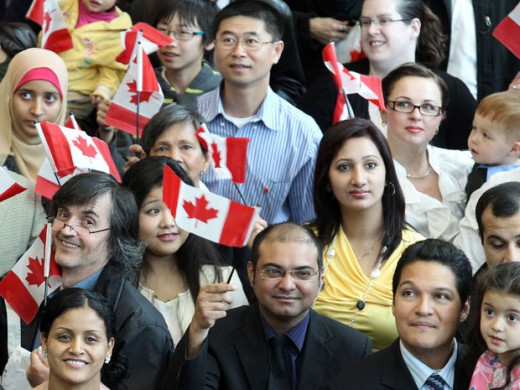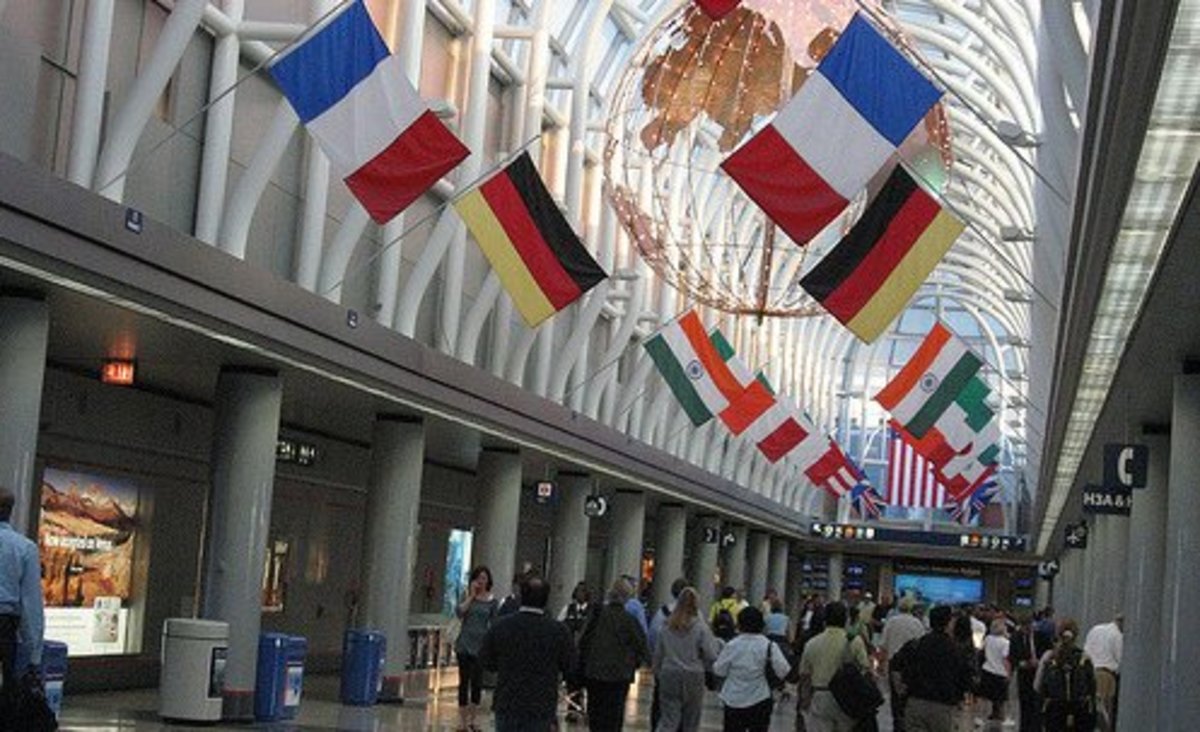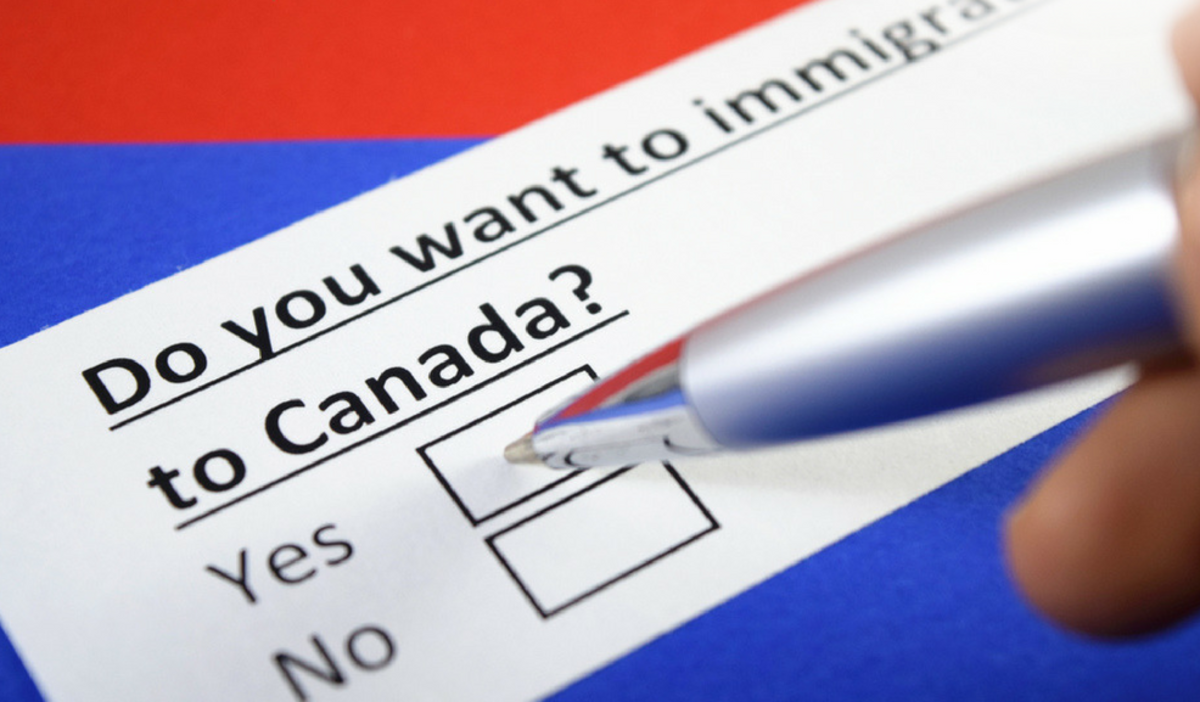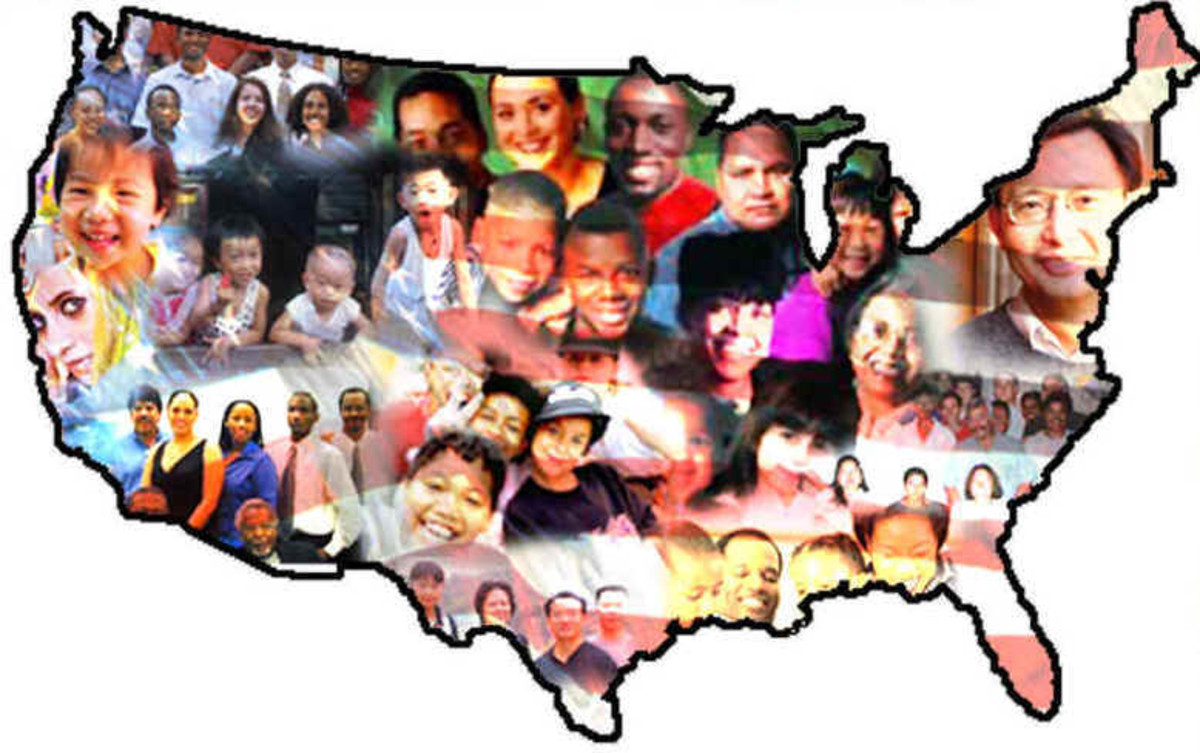Analysing The Multiculturalism Policy in Canada

The Canadian Multiculturalism Act of 1988 established a clear participation by the Canadian government in permitting, recognizing, respecting and promotion diversity within the Canadian Society and formally denominated Canada as a multiculturally inclusive nation. (Resources: Multiculturalism Act) However, there has been criticism regarding how effective these policies have been in accomplishing their goal of integrating immigrants into Canadian society, while also maintaining and celebrating the diversity of the different groups within that society. This criticism is highlighted by questions of whether the policy encourages ghettoization and increases the gaps in cultures between different groups. (Banting & Kimlicka, 2012) In reality, by comparing the Canadian policy on multiculturalism with other modern westernized countries, we see that these specific policies extend from mere tolerance of other cultures to actual participation and assistance. By making multiculturalism a part of the Canadian national identity, it has permitted native-born citizens to feel solidarity towards immigrants, allowing them to see their contribution to Canada. (Banting & Kimplicka, 2012) These policies also aid immigrants in feeling like they are wanted in Canada and that they can have as high degree of social solidarity with the Canadian society as they would like.
Many advantages are gained by having a multiculturalism policy that is embed within a country’s constitution. This is especially important for Canada which, due to an aging population, has relied extensively on immigration to support its economic growth, one that could potentially stall if population growth is not maintained. (Manley, 2005) These regulations aim at promoting the participation of these individuals in Canadian society so they do not feel like they are being used as a tool of economic growth, but rather feel like they are part of Canada as well. Multiculturalism has advantages not only for immigrants but also for native-born citizens as well. By exposing the population to different cultures, it promotes toleration and cooperation in between groups (Lewis) and provides a greater degree of self-socialization to select from. The exposure to this kind of diversity makes Canada’s population well prepared for the new world of globalization by expanding the general population’s social capital and providing easy access to different languages, making communication easier in today’s global market. (Manley, 2005) If these policies were not hard-wired into the Canadian identity it would be difficult to imagine the general public’s acceptance for this kind of diversity, especially during difficult economic times, when those in the working class with less job security feel threatened by incoming immigrants. (Banting, Kimlicka, 2010)
This sort of fear has caused many countries, such as the Netherlands, Germany, Italy, and to a certain extent, even the United States to experience a backslash of multiculturalism and to lean towards assimilation policies due to fears that the multiculturalism concept is inherently flawed. (Banting, Kimlicka, 2012) While it is clear that the model of multiculturalism does bring some problems along with it, some of these have nothing to do with the actual policies themselves, but rather the execution of these policies. Many of these critics blame multiculturalism for the ghettoization of society. Critics claim that these lenient policies encourage immigrants to live in ethnic-enclaves that impede integration to society, leading to balkanization and eventually segregation. The policy is also blamed for extending stereotypes and prejudice against different groups, for diminishing the economic opportunities for immigrants, as well as for creating radical groups within this society in order to oppose the other groups. (Kimlicka, 2010) One other disadvantage expressed by these countries experiencing the backslash is that immigrants get special treatments and assistance that the native population does not get, and in here lays the differences in between the Canadian policy and some of those other countries. In Canada immigrants are seen as a part of the country, they are just as rightful citizens as anybody else and their rights and privileges are just as important.
The Multiculturalism Act allows immigrants to feel like they belong in Canada, like they are part of Canada. There are almost no visible minority or religious ghettos in Canada, as immigrants often choose to live within co-ethnic neighbourhoods. Those ethnic enclaves that do form within the major Canadian cities are, for the most part, are only temporary settlements. Research has shown that low-income immigrants follow a method of first settling in enclaves of their own ethnicity before moving out to other neighbourhoods once they are more accustomed to Canada and more financially stable. (Banting, Kimlicka, 2010) Extremist groups are also found everywhere in the world whether there is a multiculturalism policy or not and these sort of groups are not tolerated or defended by the policy in any way. Economically and politically it has been proven that Canada actually has a better rating for economical and political integration into society due to its relatively good economy and high degree of skilled applicants, but since the 1980’s it has become increasingly difficult for even skilled workers to obtain work in their own fields of study. (Kimlicka, 2010) This shows that there are still some problems within the policy that have to be reviewed in order to facilitate integration into Canadian life. There are also major concerns with regards to how much of somebody’s culture can be tolerated, including subjects such as arranged marriages and female genital mutilation. (Kimlicka, 2010) Others also question the inclusion of religion in multiculturalism and the integration of Aboriginals and French Canadians into the policies, as well as how to transfer immigration from main urban cities to smaller towns. These are all real issues that the Canadian government has to face, but it has the advantage that its population has generally been very supportive of its policies. Even during tough political and economic situations, they have pulled towards maintaining multiculturalism.
It is easy to see that while many countries have faced major backslash in approval of multiculturalism and immigration policies during these tough economic times, Canada has maintained a high degree of approval towards these, mainly because of how rooted the policies are in the Canadian system. They are now part of Canada and by agreeing with these policies everyone feels more Canadian. (Kimlicka, 2010) Other countries instead chose to force multiculturalism on both the society that lived in the country as well as the new immigrants that were coming in. It has been proven that for Canada, immigration is extremely important for the continuation of its economic and social system, and having content and cooperative society of Canadian born citizens and immigrants is of crucial importance. This policy has allowed this to happen, but has also allowed many individual conflicts to arise because of clashes between differing cultural norms that, due to the Canadian cultural relativistic views, are all believed to have equal value. It is evident that these policies are not perfect, as many social barriers such as racism and prejudice continue to plague even multicultural countries such as Canada, but as Irene Bloemraad puts it in her Globe and Mail article on multiculturalism, Canada has viewed multiculturalism as part of the solution and not as part of the problem. (Bloemraad, 2010)
References
Banting, K., & Kimlicka, W. (2010). Canadian Multiculturalism: Global Ancieties and Local Debates. British Journal of Canadian Studies, 23 (1).
Banting, K., & Kimlicka, W. (2012). Is There Really a Backlash Against Multiculturalism Policies? New Evidence from the Multiculturalism Policy Index. GRITIM-UPF Working Paper Series, 14.
Bloemraad, I. (2010). Multiculturalism has been Canada’s solution, not its problem. The Globe and Mail.
Kimlicka, W. (2010). The Current State of Multiculturalism in Canada and Research Themes on Canadian Multiculturalism 2008-2010. Citizenship and Immigration Canada.
Lewis, J. (n.d.). The Advantages of Multiculturalism in the Workplace. Small Business: Houston Chronicle.
Manley, J. (2005). The immigration Advantage: How multiculturalism helps Canada Compete. Canadian Council of Chief Executives.
Resources: The Canadian Multiculturalism Act. (n.d). MISA- Campbell Rivers Multicultural Society.








